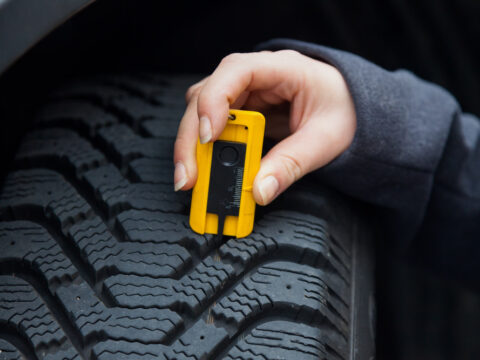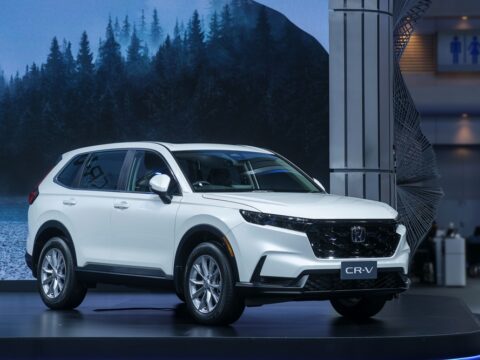Switching to an electric motorcycle can be exciting, but it’s not without its challenges. From the logistics of charging to adjusting to new technologies, there are several factors to consider before making the leap. Understanding these hurdles can help you prepare for the transition and ensure it’s a smooth ride. Here are 20 challenges you might face when moving to electric motorcycles.
Contents
Limited Charging Infrastructure

One of the primary challenges electric motorcycle owners face is the scarcity of charging stations. While the infrastructure for electric cars has expanded significantly, motorcycle-specific chargers remain relatively rare. This can complicate long-distance travel, as riders must carefully plan their routes around available charging points. In rural or remote areas, the lack of charging options becomes even more pronounced. The convenience of gas stations is not yet mirrored for electric motorcycles.
Range Anxiety
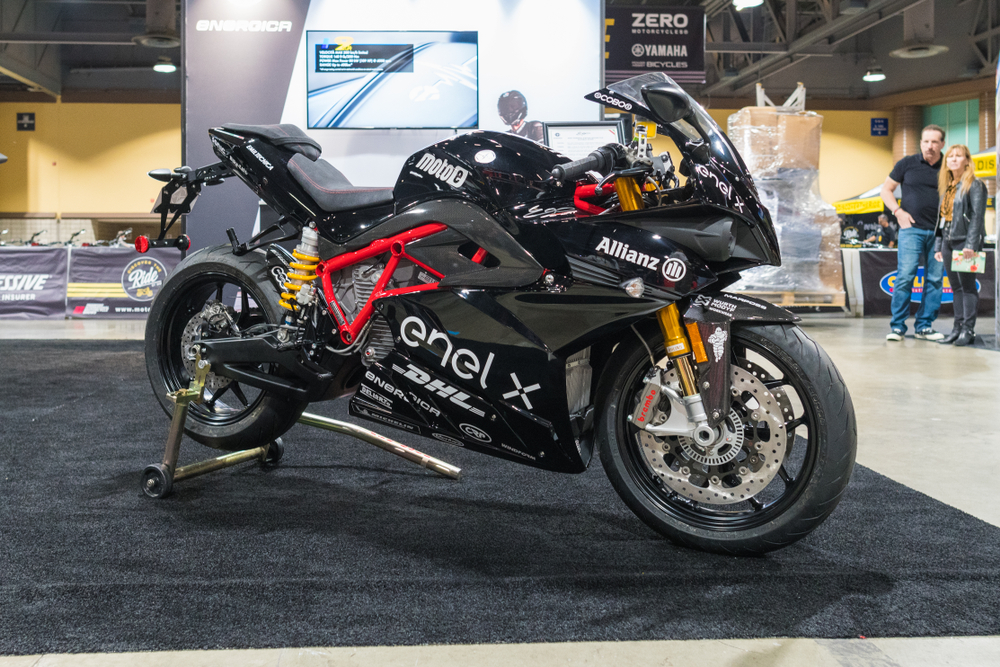
Electric motorcycles typically offer a much shorter range than gas-powered ones, often limiting riders to 100-150 miles per charge. This can be stressful for those venturing on long trips, creating what’s commonly referred to as “range anxiety.” You may find yourself constantly worried about whether you’ll make it to the next charging station. Additionally, the range can further decrease in cold weather or at higher speeds. For long-distance riders, this could be a serious limitation.
Higher Initial Cost

Although electric motorcycles promise long-term savings, their initial price tag tends to be significantly higher. Advanced battery technology and other electric components drive up the cost, making these bikes less affordable for new or budget-conscious riders. While government incentives can help reduce some of the financial burden, the upfront cost remains a substantial hurdle for many. Over time, as battery production scales, these costs may drop, but for now, they remain a barrier.
Long Charging Times
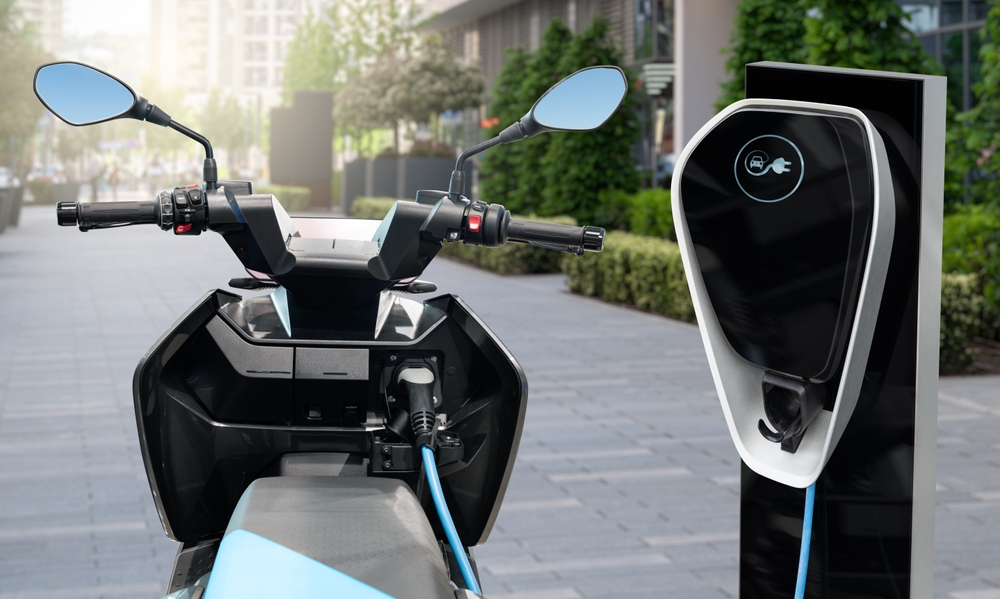
Charging an electric motorcycle takes considerably longer than filling up a gas tank. Even with fast-charging stations, you’re likely to spend 30 minutes to an hour waiting for your bike to charge. At home, it could take upwards of 6-8 hours, depending on the type of charger you use. This added time can be particularly frustrating for commuters or anyone looking to hop on their bike for a quick ride.
Reduced Performance in Cold Weather
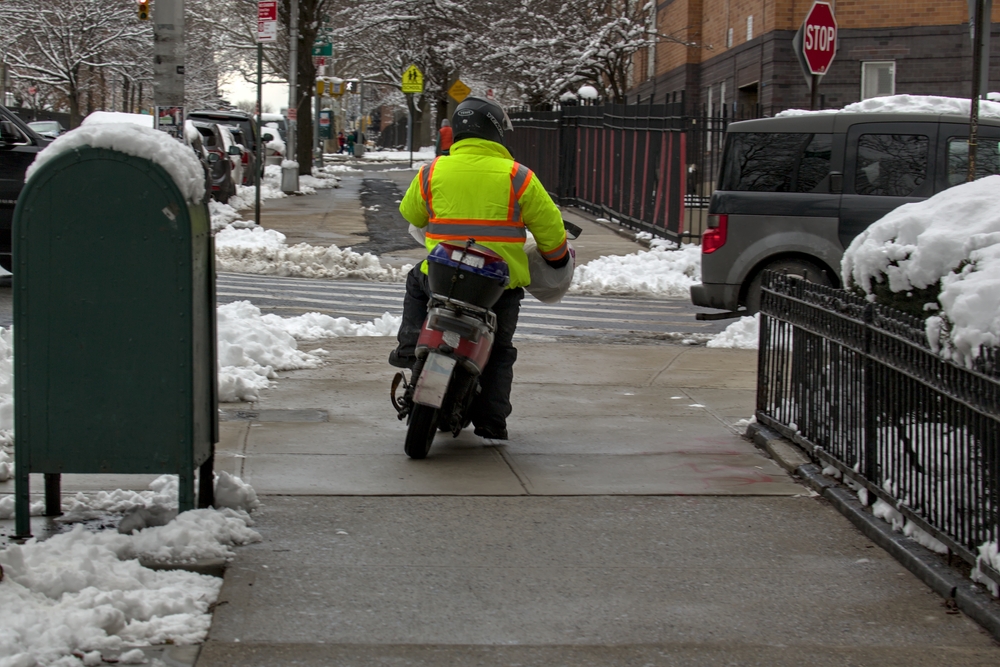
Cold weather has a notable impact on electric motorcycle performance. As temperatures drop, battery efficiency decreases, resulting in reduced range and slower charging speeds. In extremely cold conditions, your battery may even struggle to deliver adequate power to the motor. For riders in colder climates, this presents a significant challenge during the winter months. It’s crucial to be aware of how the weather can limit the bike’s capabilities.
Limited Model Variety
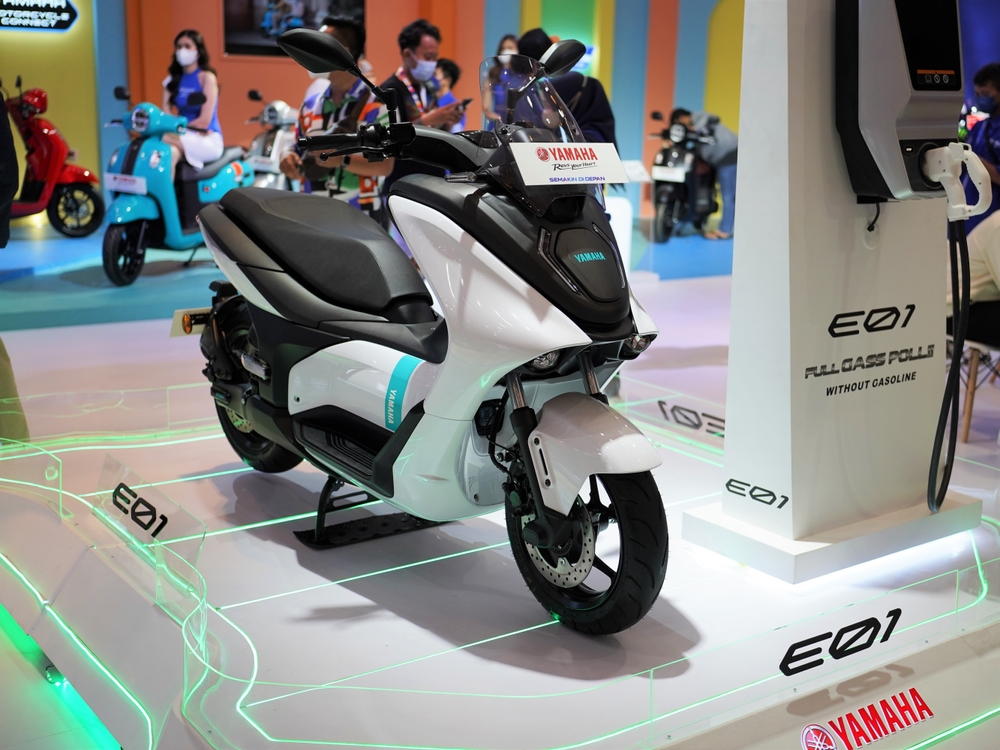
The electric motorcycle market, while growing, still offers fewer choices than its gas-powered counterpart. Riders seeking specific styles, such as sportbikes or cruisers, may find their options limited. This lack of variety can be frustrating for those who want a bike that reflects their personal riding preferences. Manufacturers are gradually expanding their lineups, but for now, the selection remains narrower than traditional motorcycles.
Noise Reduction
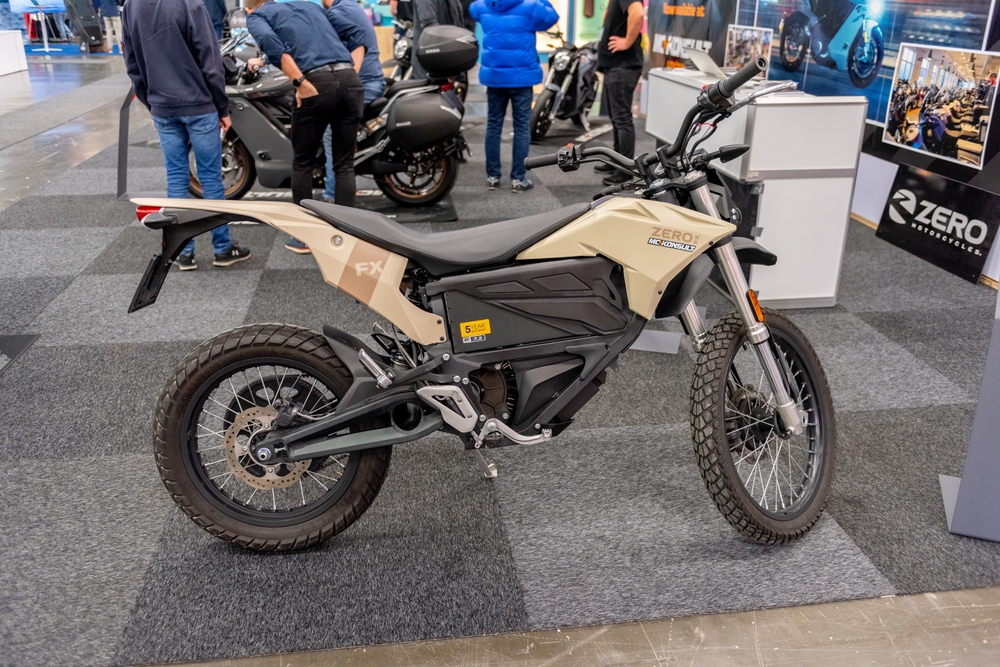
Electric motorcycles are much quieter than their gas-powered equivalents, which can be a double-edged sword. Some riders appreciate the silent ride, but others miss the familiar rumble of a combustion engine. The quiet nature of electric bikes can also make it harder for pedestrians and other drivers to notice you, potentially increasing safety risks. For riders who enjoy the auditory aspect of riding, this might take some getting used to. The absence of engine noise fundamentally changes the riding experience.
Maintenance Complexity
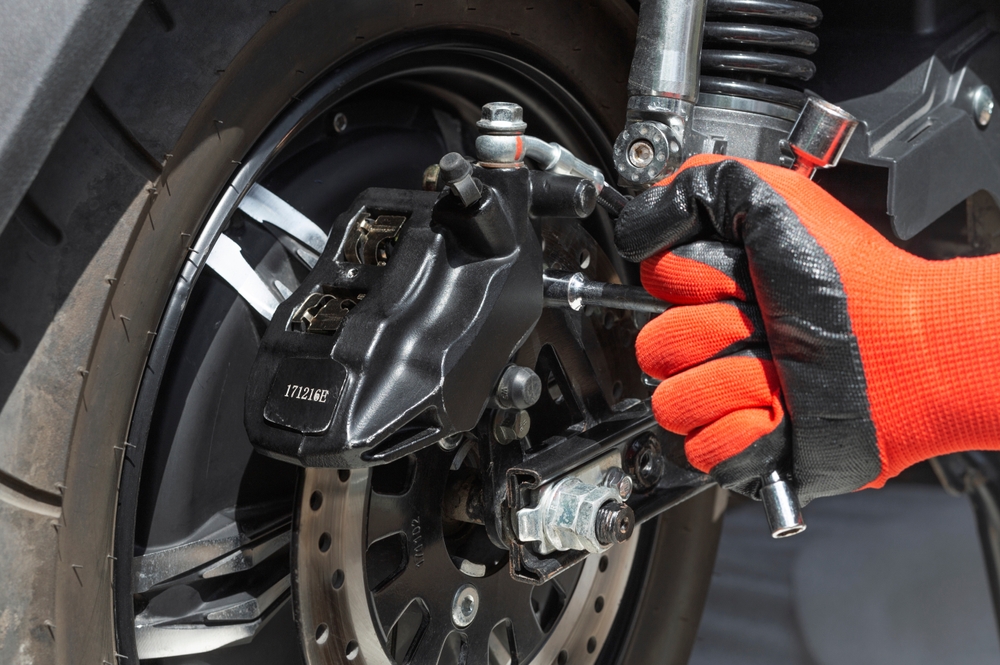
Though electric motorcycles require less frequent maintenance, the complexity of their components can be a drawback. Traditional motorcycle mechanics may not be equipped to handle electric systems, meaning you could have to seek out specialized services. Parts for electric bikes are also less common, and repairs can be more expensive due to the advanced technology involved. This makes finding reliable service more of a challenge, especially in less urban areas.
Battery Lifespan and Replacement
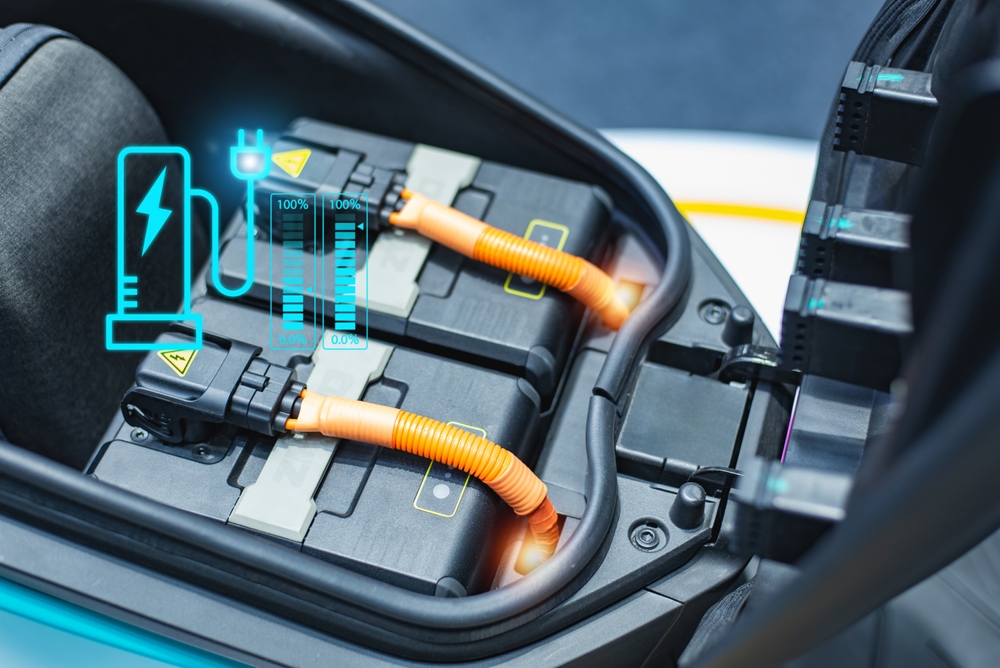
As with all batteries, the ones in electric motorcycles degrade over time, gradually losing their capacity to hold a charge. Most manufacturers claim their batteries will last 5-10 years, but once they begin to decline, replacing them can be costly. Not only are the batteries themselves expensive, but the labor required to install them also adds to the cost. This creates concerns for long-term ownership, as replacing a worn-out battery can be a significant financial hit.
Lack of Aftermarket Customization Options

Customization is a big part of motorcycle culture, but electric models currently offer far fewer aftermarket options. Whether it’s upgrading the exhaust, adding new performance parts, or simply tweaking the aesthetics, electric bikes don’t yet have the same variety of mods available. This can be disappointing for riders who enjoy making their bikes unique. Over time, this market may grow, but for now, customization enthusiasts have fewer options.
High Insurance Premiums

Electric motorcycles often come with higher insurance premiums, partly due to their higher initial cost and expensive components like the battery. Additionally, insurers view the specialized repairs and potential for higher replacement costs as risks, leading to inflated premiums. While electric bikes offer long-term savings in fuel and maintenance, the insurance costs can eat into those savings. Over time, premiums may decrease as the market matures, but for now, expect to pay more for coverage.
Reduced Resale Value
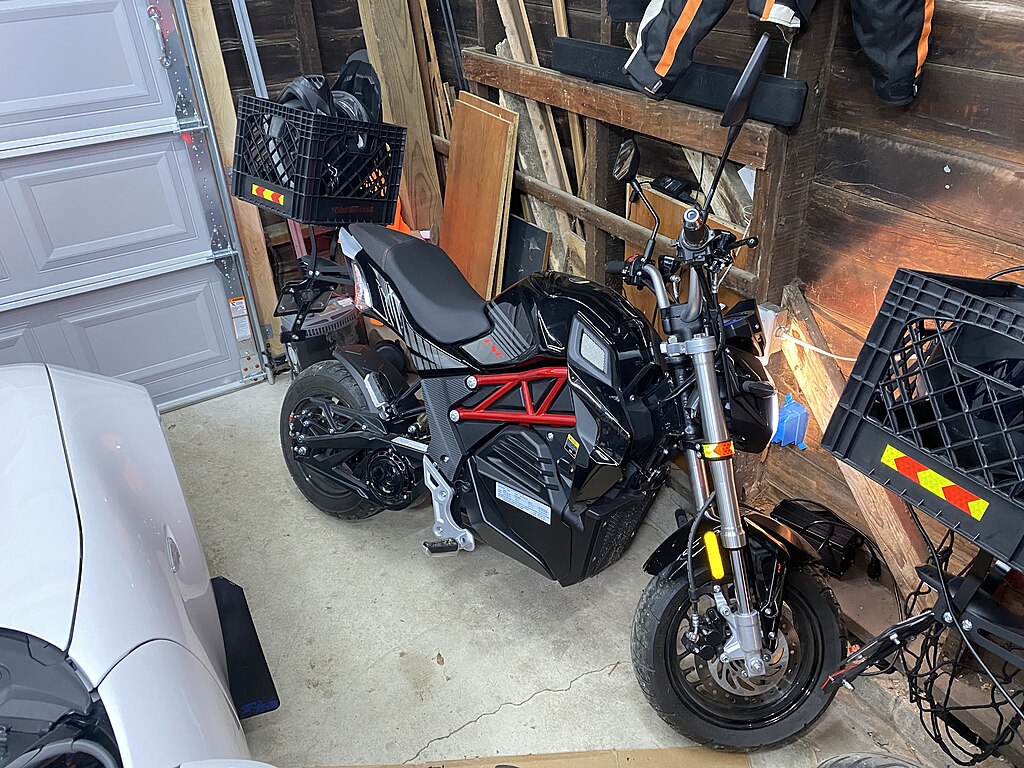
The resale value of electric motorcycles can be unpredictable due to rapid advancements in battery technology. As newer, more efficient models enter the market, older bikes can quickly lose their appeal. Potential buyers may also be wary of purchasing used electric motorcycles, fearing battery degradation. This uncertainty makes it harder to sell an electric bike at a favorable price. For now, resale value remains a challenge, especially as the market continues to evolve.
Limited Off-Road Capabilities
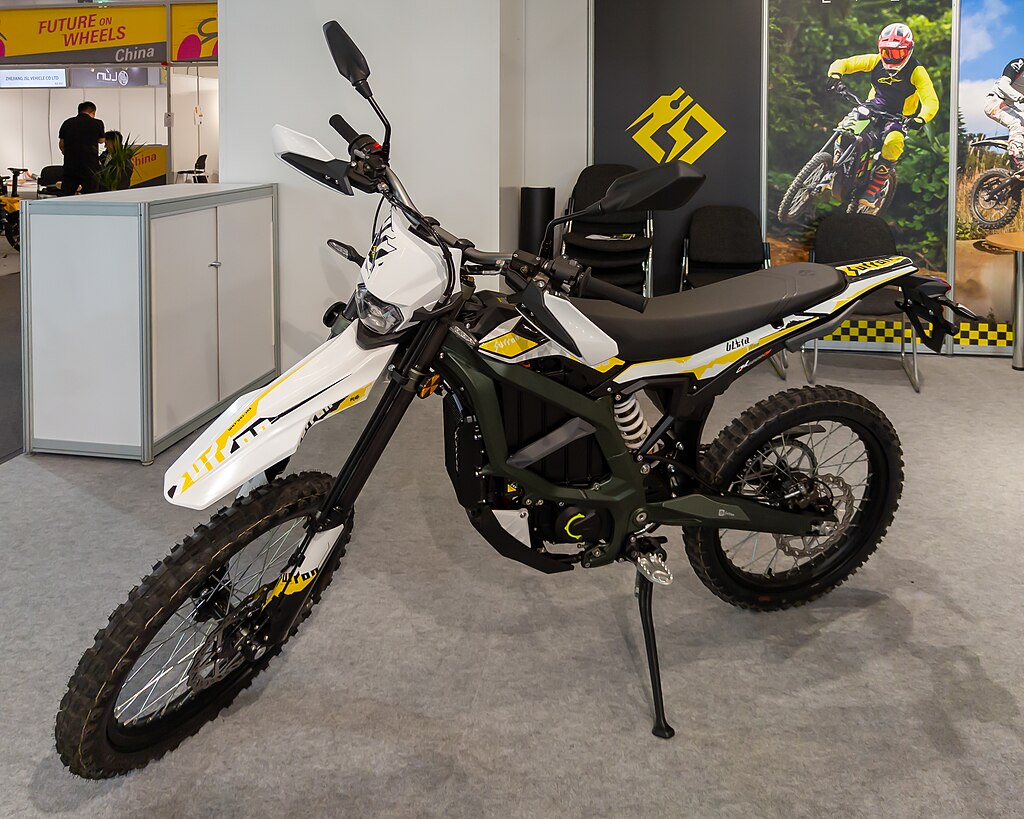
Off-road riding is another area where electric motorcycles still lag behind traditional models. The weight of the battery makes electric bikes less agile, and their range limitations can become even more of a hindrance when venturing off the beaten path. Charging options in remote areas are scarce, further limiting the appeal of electric motorcycles for adventure riders. While some dual-sport electric models exist, they struggle to compete with gas-powered counterparts on rugged terrain.
Shorter Lifespan of Tires

Electric motorcycles deliver instant torque, which puts extra stress on tires, causing them to wear out more quickly. While this offers thrilling acceleration, it also means more frequent tire replacements. Riders accustomed to traditional bikes may find themselves needing new tires sooner than expected. This can lead to higher maintenance costs over time, especially if you’re using performance or specialized tires. The increased wear is a small price to pay for electric power but one to be aware of.
This article originally appeared in MyCarMakesNoise.
More from MyCarMakesNoise
6 Classic Boats That Deserve a Second Look

There’s something special about classic boats—their timeless designs, craftsmanship, and the stories they carry. While some boats have become icons, others have quietly faded into the background. Read More.
15 Modest Trucks That Pack Serious Towing Strength
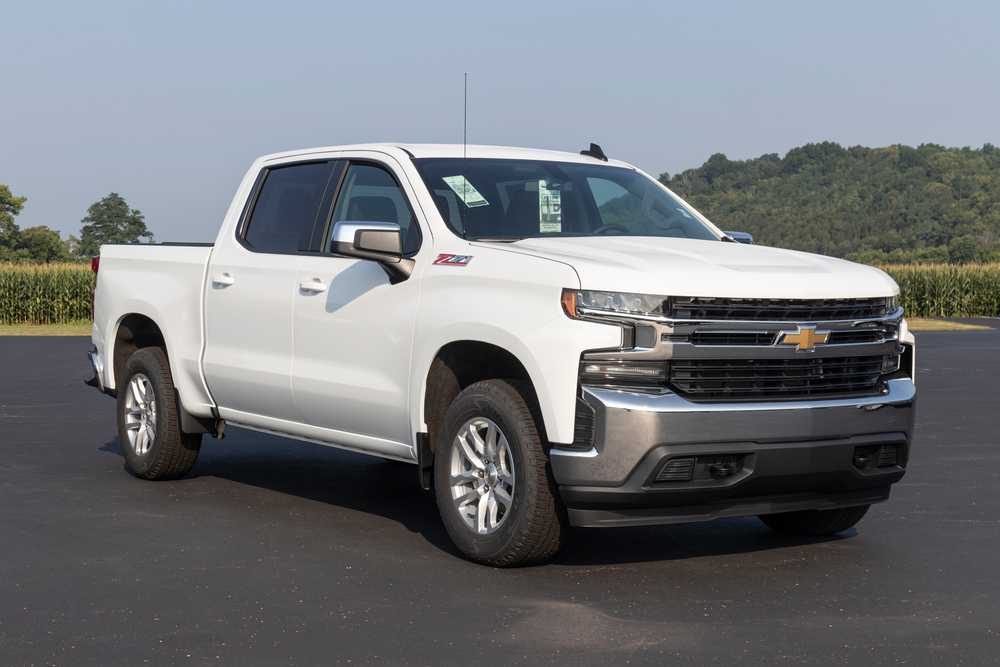
When it comes to towing, not all trucks need to be hulking giants to get the job done. Many modest-sized trucks offer impressive towing capacities, combining power, efficiency, and practicality. Read More.
15 Rare Porsche Classics You’ll Have a Hard Time Finding

Porsche has a rich history of producing iconic sports cars, many of which have become highly sought-after classics. This list explores 15 of the rarest Porsche models ever made, each with its unique story and undeniable appeal. Read More.


